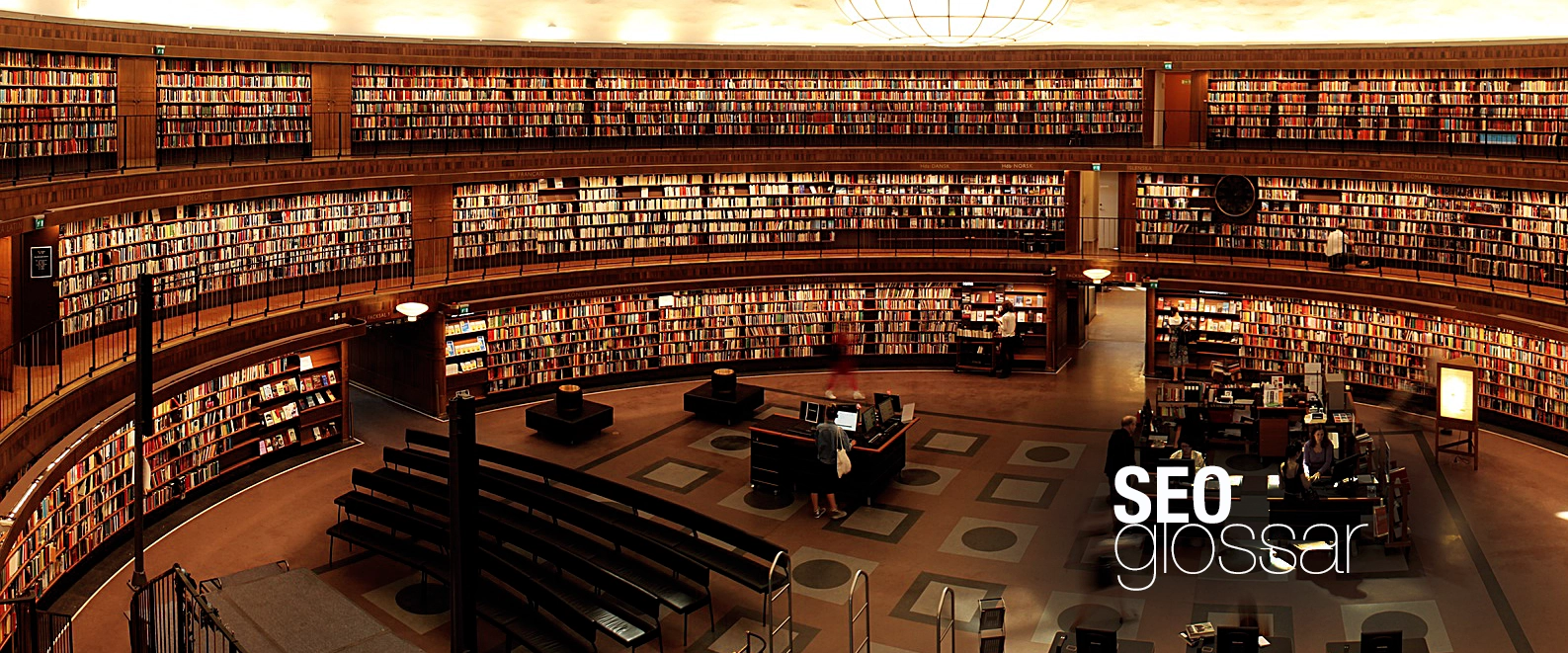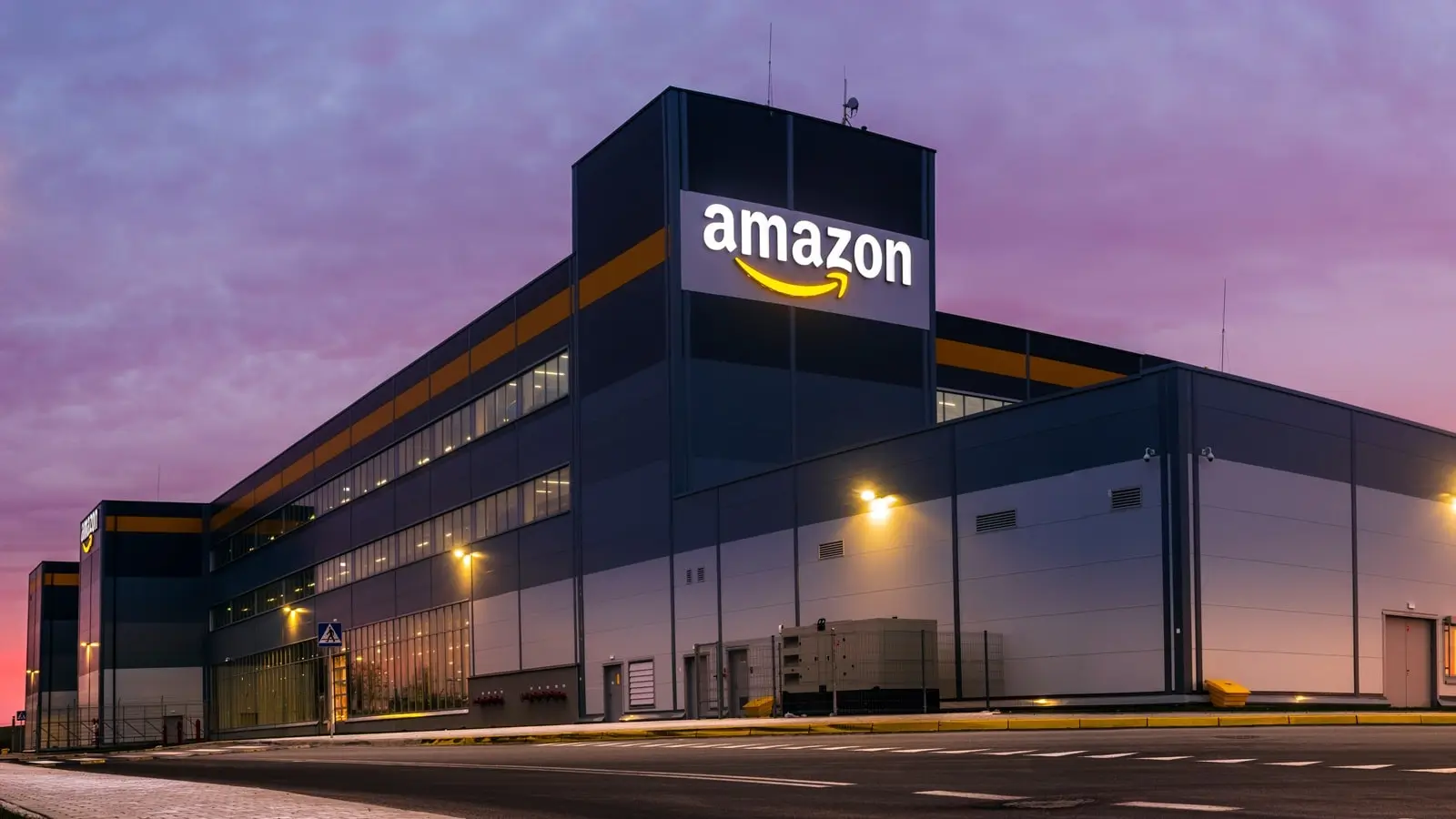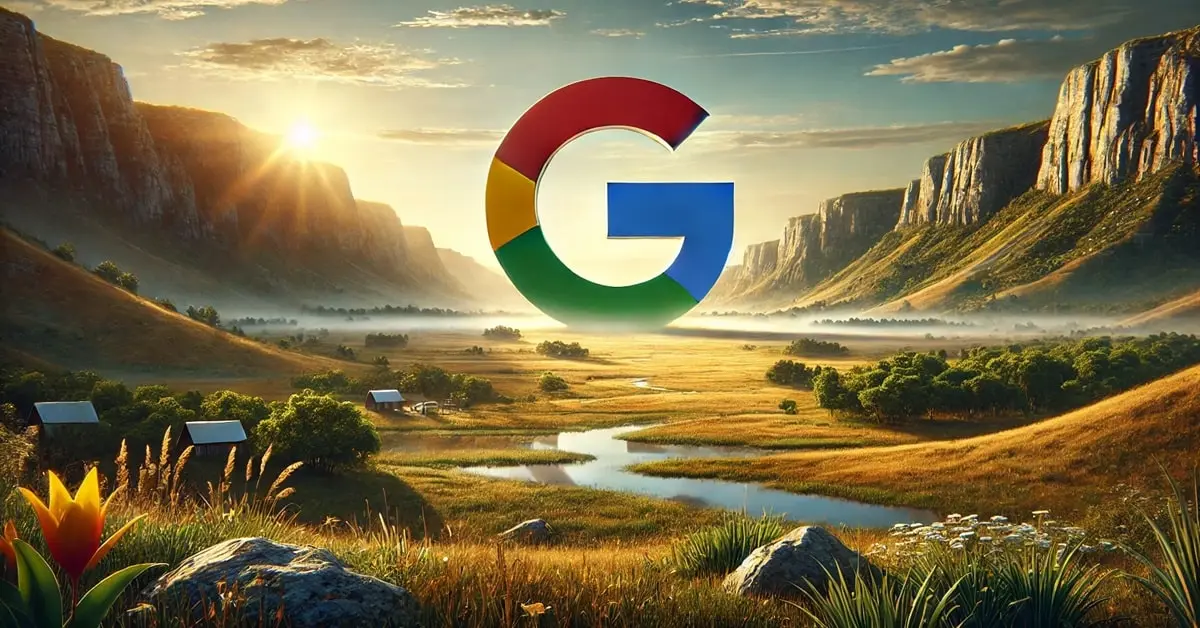
What is Open Graph?
Open Graph, introduced by Facebook in 2010, is a protocol that allows web pages to become rich objects in a social graph. It enables any web page to have the same functionality as other Facebook objects, providing enhanced integration and visibility on social media platforms. By using Open Graph tags, developers can control how their content appears when shared on Facebook and other platforms that support Open Graph.
Why is Open Graph Important?
Open Graph significantly impacts social media presence and engagement:
Enhanced Content Sharing:
Open Graph tags enable web pages to display richer content when shared, including titles, descriptions, images, and other media.
Improved Visibility:
Content that uses Open Graph tags can appear more attractive and engaging on social media feeds, increasing the likelihood of user interaction.
Key Open Graph Tags
Here are the most commonly used Open Graph tags and their functions:
- og:title: The title of the content, displayed as the main heading when shared.
- og:description: A brief description of the content, providing more context to the user.
- og:image: The URL of an image that represents the content, making the shared link visually appealing.
- og:url: The canonical URL of the content, ensuring that shared links point to the original source.
- og:type: The type of content (e.g., article, video, website), helping platforms categorize it correctly.
Open Graph Tag Example
Here is an example of how Open Graph tags might appear in the HTML of a web page:
<head>
<meta property="og:title" content="The Ultimate Guide to Open Graph" />
<meta property="og:description" content="Learn how to use Open Graph for social media." />
<meta property="og:image" content="https://example.com/og-image.jpg" />
<meta property="og:url" content="https://example.com/ultimate-guide-to-open-graph" />
<meta property="og:type" content="article" />
</head>
Benefits of Using Open Graph
The use of Open Graph tags offers several advantages:
| Benefit | Description |
|---|---|
| Better Engagement | Rich media and information increase the likelihood of user interaction. |
| Consistent Branding | Control over how content appears ensures brand consistency. |
| Higher Click-Through Rates | Attractive previews can lead to more clicks and traffic. |
| Enhanced Social Media Presence | Improved content presentation strengthens social media strategy. |
Leveraging Open Graph for Digital Strategy
To optimize your digital strategy using Open Graph:
- Implement Tags: Ensure all web pages have the necessary Open Graph tags for enhanced sharing.
- Monitor Performance: Track how your content performs on social media platforms and adjust tags as needed.
- Update Regularly: Keep your tags up to date with current content to maintain relevance and accuracy.
By effectively utilizing Open Graph, you can significantly enhance your content's visibility and engagement on social media platforms.
For more detailed information, visit Schema.org and Open Graph Protocol or check your Open Graph implementation with our free tool: Open Graph Checker.
Explore more key Insights
Are you ready to go beyond basic SEO terms like Google March Update 2024? Dive into the world of SEO with our comprehensive Glossary.
Leadsleader, the online marketing agency specializing in SEO, SEO consulting, and digital marketing. We significantly enhance the visibility of your website in search engines and employ strategic digital marketing tactics to generate qualified leads.







